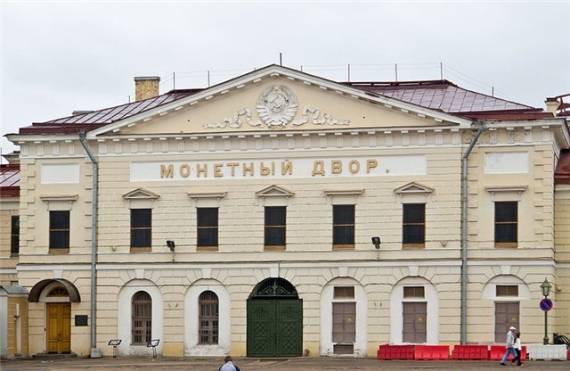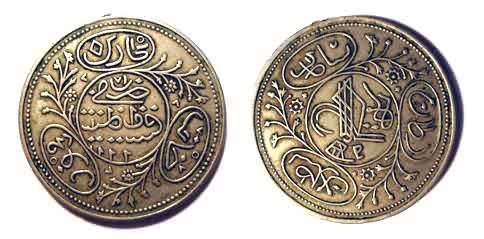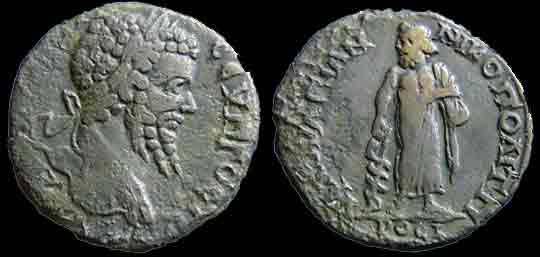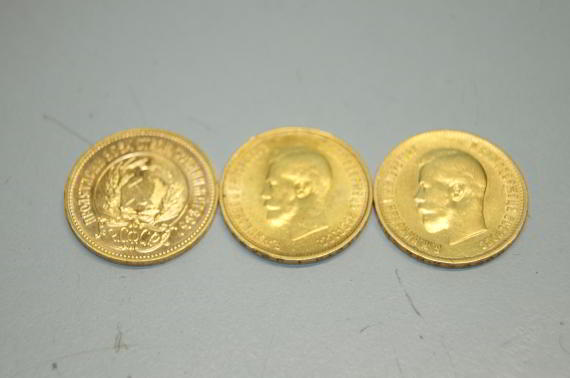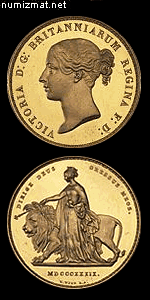gram in a piece
What is now in price on the numismatic market
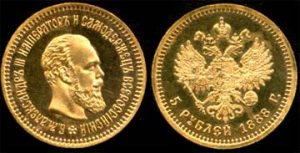 The dollar is falling, and the ruble is growing stronger. Especially – old. Antique coins are sold at auctions for “big money”. So, at the Gelos auction before the new year, for five gold rubles of Alexander III, coinage in 1888 was paid 150 thousand, and for a silver dime of 1741 of unique preservation – 90 thousand rubles. A set of two trial kopecks in 1871 of a copper-nickel alloy with a portrait of Alexander I was bought for 120 thousand rubles.
The dollar is falling, and the ruble is growing stronger. Especially – old. Antique coins are sold at auctions for “big money”. So, at the Gelos auction before the new year, for five gold rubles of Alexander III, coinage in 1888 was paid 150 thousand, and for a silver dime of 1741 of unique preservation – 90 thousand rubles. A set of two trial kopecks in 1871 of a copper-nickel alloy with a portrait of Alexander I was bought for 120 thousand rubles.
However, this is not the limit. Record is 120 thousand, but already dollars. Continue reading
Golden profile of Nicholas II. Last coins of the last king
 The tradition of portrait gold and silver coins was renewed under Nicholas II. The last Russian emperor, the representative of the house of the Romanovs, was very beautiful. Undoubtedly, his noble profile was worthy of being imprinted on metal.
The tradition of portrait gold and silver coins was renewed under Nicholas II. The last Russian emperor, the representative of the house of the Romanovs, was very beautiful. Undoubtedly, his noble profile was worthy of being imprinted on metal.
Under Nicholas II, all gold and silver coins again became portrait, in contrast to small money, which was intended for the lower strata of society. The hands of representatives of the noble class should not touch the royal profile. Continue reading
Monetary reform of 1654
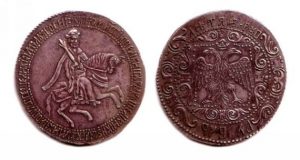 In the 17th century, the epoch in monetary business ended, when absolutely any individual, which was usually a privileged and secular society, could bring material for making coins. The state finally and irreversibly took control of the mints, and supplied raw materials exclusively from its treasury. In this regard, the coins began to lose their stability, and their value gradually began to fall.
In the 17th century, the epoch in monetary business ended, when absolutely any individual, which was usually a privileged and secular society, could bring material for making coins. The state finally and irreversibly took control of the mints, and supplied raw materials exclusively from its treasury. In this regard, the coins began to lose their stability, and their value gradually began to fall.
This instability of money played into the hands of counterfeiters. They could easily start minting coins, almost without fear that they would be severely punished for it. Continue reading
